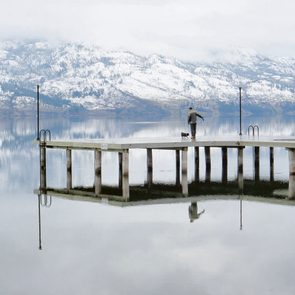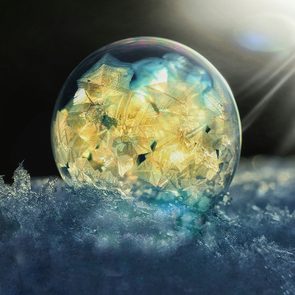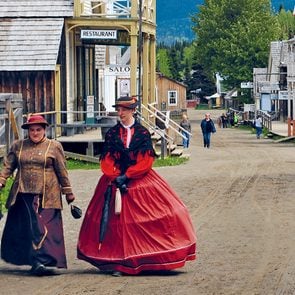Cold Snaps: A Guide to Winter Photography
Winter photography comes with its own unique challenges, but capturing the beauty of the season on camera is well worth the effort.
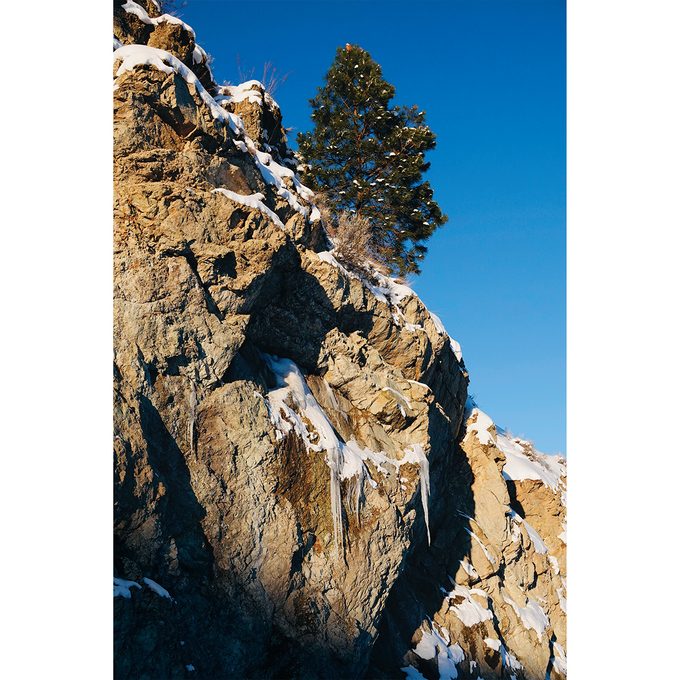
The Rewards of Winter Photography
For a number of reasons, some people seem to want to put their photography on hold for the winter. Sure, it’s cold, but you can dress for the weather. It could even be a reason to buy some new winter attire—and the photo ops are simply breathtaking. Wildlife is still around, although you may have to look for it. Most city and provincial parks continue to be home to critters and birds, although some bird species do fly south. The Canada goose is found in considerable numbers, and ring-necked pheasants and California quail also continue to reside in the Okanagan, which is my home. It is also not uncommon to spot great blue heron at local lakes in winter.
Most of us are familiar with the look and feel of the first snowfall; the shapes that we notice as snowflakes build patterns on fences, trees and gates. As a child, you may have become a virtuoso in outlining a masterpiece, sketching with chalk or pastels, adding details and drawing attention to the branches you might not otherwise look at.
This same technique applies to winter photography, in that the mundane takes on a new perspective with each successive snowfall. Wrought iron gates become outlined with snow, and trees that never caught your attention before jump out at you.
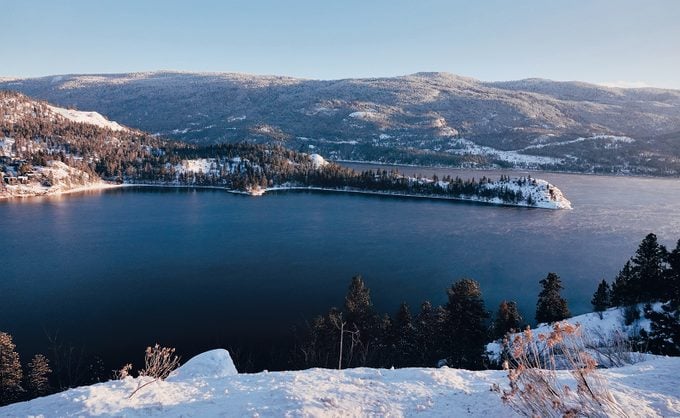
Winter Photography Tips
Before you head out, here are a few reminders and suggestions: Think about what you want to photograph before you get outside. Because it’s cold, you’ll want to dress warmly in layers. You might also consider wearing soft cotton liners inside your mittens so that you can feel the controls of your camera but still be comfortable. I know some people who have tried hand warmers. I have also seen winter photography gloves advertised, and once had a pair of gloves with the fingers cut off at the tips.
There are many garments on the market that are breathable and allow perspiration to evaporate while still keeping you dry—Gore-Tex is a good example. A trip to an outdoor-clothing store provides good business for them and good choices for you! Most people know enough not to wear jeans outside in winter and to wear appropriate footwear, but these warrant a mention. Also consider taking ski poles or hiking poles with you, as well as a set of grippers, which can be simple chains or an aggressive cleat.
Whether shooting with a digital camera or using film, you must ensure your camera’s battery is fully charged. It’s common for me to travel with three or four batteries and a charger in my vehicle. Extra batteries can be placed in an inside pocket to keep them warm from body heat. Having a memory card with enough space is important. Gone are the days of two-gigabyte cards. Most people will shoot with a 16- or 32-gigabyte card. If you have a cellphone, you won’t need a memory card, but you will still need to be sure it is fully charged.
The magic of winter is open to anyone who enjoys being outside, whether it is for walking, hiking, snowshoeing, cross-country skiing or fat-tire biking. Don’t think, though, that because you can ride a bike on a dirt trail that it will be easy. My suggestion, based on experience, is to practise before heading out with a camera and your bike.
Check out Canada’s best winter hiking trails.
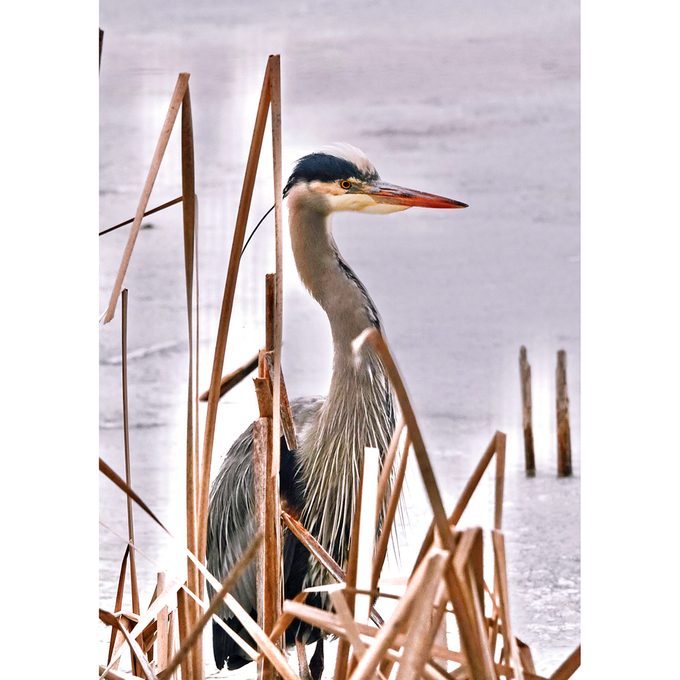
Photographing Wildlife in Winter
It is also entirely possible to take bird photographs from inside your home, especially if you have set up a feeder. Be aware, though, that if you start feeding the birds, you should keep it up for the entire season, as your feathered friends will rely on you. Over the years, I have had good success with using striped sunflower seeds—to avoid having them show up in my photos, I place the seeds behind snow mounds. California quail, ring-necked pheasants, juncos and chickadees have been my most regular visitors, and northern flickers relish suet feeders. (Don’t miss this guide to the birds of the Okanagan.)
Do not bait areas for predators such as coyotes and other wild animals. You are probably aware of coyotes becoming accustomed to being fed by humans, such as in Vancouver’s Stanley Park. These animals usually meet an unfortunate end.
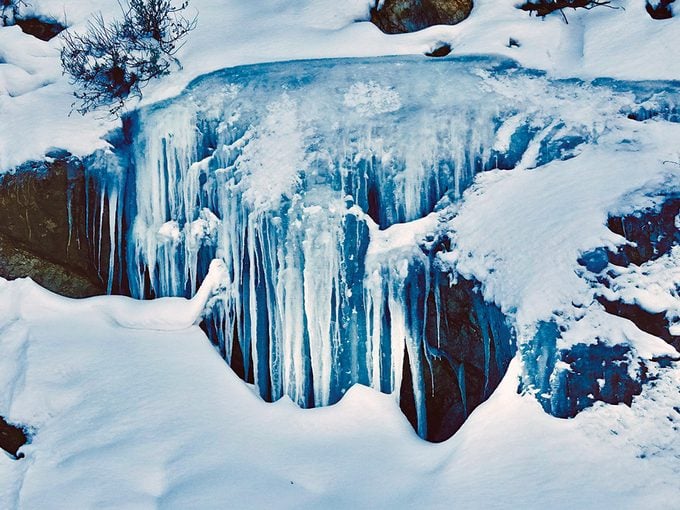
Special Camera Settings
In addition to birds and mammals, buildings and old machinery—including trucks, wagons and motorcycles—take on unique shapes due to snowfall. These unusual patterns contrasted with the snow allow for opportunities to shoot in black and white (monochrome mode).
Outdoor rinks abound across the country and offer opportunities for fast-action sports photography. If you want to stop the action, remember to shoot with a fast shutter speed. Hockey, curling, ice fishing, biking, cross-country skiing, snowshoeing and downhill skiing are all great outdoor photo opportunities.
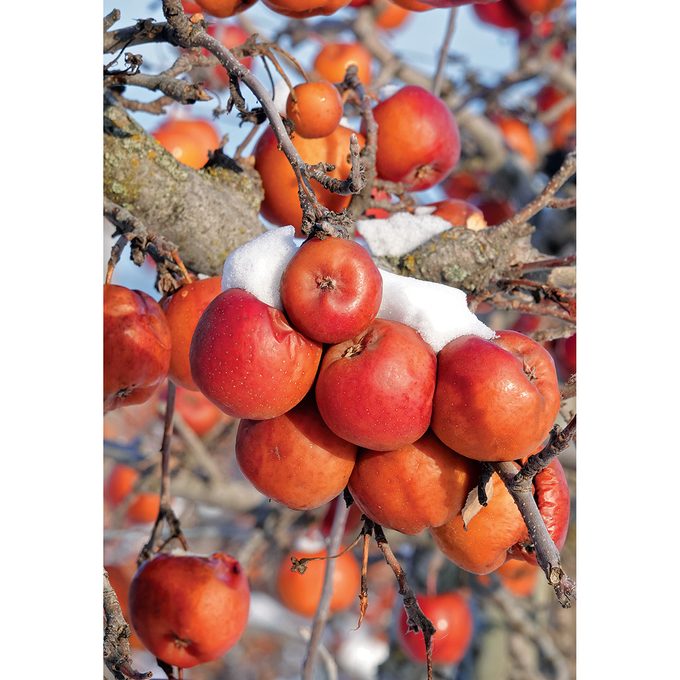
Unique Opportunities
Winter is a good time to experiment with your camera and try different techniques. Early in the season, I look forward to frost forming on the glass railing on our sundeck. I’ve tried various coloured backgrounds, with my favourites being black or red. You can reduce glare by controlling the angle of your camera.
My latest obsession is heading to a pond frequented by ducks, Canada geese and great blue heron. Cools Pond is a popular spot in Vernon’s BX region. I am in awe of these birds’ ability to balance as they navigate their takeoffs and landings on the ice.
Crowds are smaller in winter, so over the last two years, my wife and I have found wonderful trails that have been kept free of snow for walking and hiking, contributing to our health, enjoyment and safety. Hats off and a big thank you to the municipalities that look after the walkways and even ensure that washrooms are open and available during winter. Even spending half an hour doing an activity outdoors is enough to be of benefit health-wise, and once you get started, I’d be very surprised if you didn’t stick with it.
Outdoor events offer great photo ops, as well. Last year, the Vernon Winter Carnival parade returned and was a huge crowd-pleaser as a break from the pandemic. It was also an opportunity for the community to show their appreciation to our many first responders. This year, the 63rd edition of the carnival will take place from February 3 to 12. If you’re in the area, come out to enjoy the festivities—and don’t forget your camera!
Next, check out our gorgeous gallery of bird photography.
